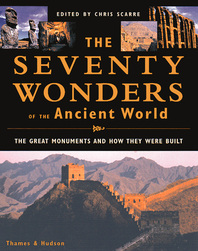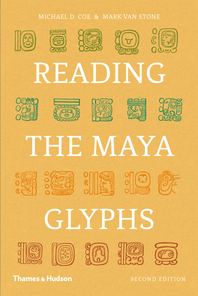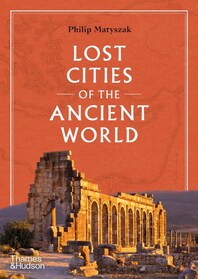How were the ancient wonders of the world built? How many people did it take to build the Great Wall of China or the Sphinx at Giza? The Seventy Wonders of the Ancient World answers these and many more questions, examining antiquity's most spectacular feats of engineering and celebrating the achievements of the builders who worked without the aid of modern technology.
Expanding upon the theme of the traditional Seven Wonders, The Seventy Wonders of the Ancient World incorporates marvels from around the globe, spanning the centuries from the first stone monuments of the fifth millennium BCE to the Great Temple of the Aztecs in the sixteenth century CE. Lesser-known monuments as well as famous sites are explored in detail, such as the giant stelae of Aksum and the mountain palace at Sigiriya.
The raising of the stones at Stonehenge, the laying out of the Nazca Lines on the face of the Peruvian desert are all described and explained by an international team of experts. Packed with fact files, this is a testament to the skill of the ancient architects and engineers who continue to impress successive generations down the ages. Recently updated and in a new accessible paperback format.
Contributors
Chris Scarre
Edited By
Chris Scarre is emeritus professor of archaeology at the University of Durham and was head of its archaeology department from 2010 to 2013. He is editor of The Human Past: World Prehistory and the Development of Human Societies and author of numerous books, including The Megalithic Monuments of Britain and Ireland and Chronicle of the Roman Emperors: The Reign-By-Reign Record of the Rulers of Imperial Rome.







